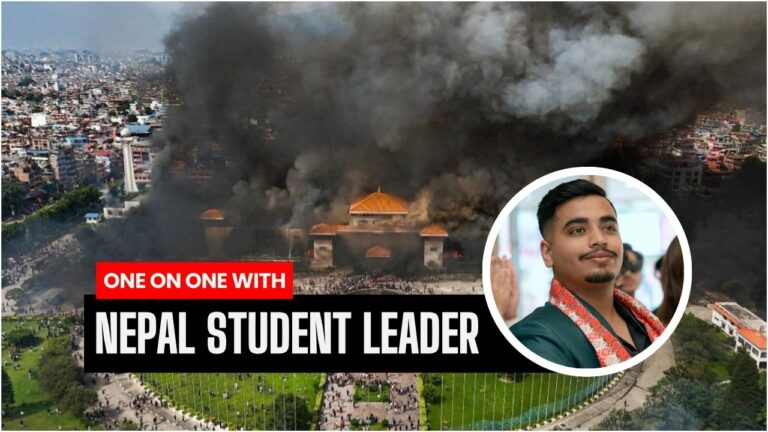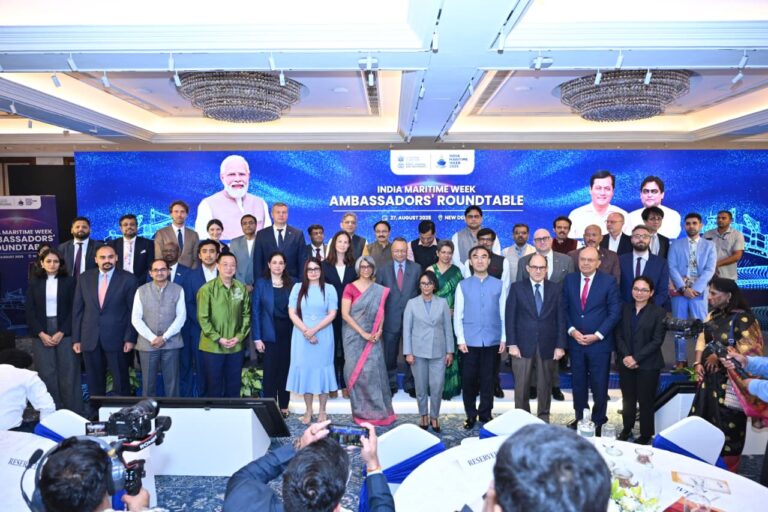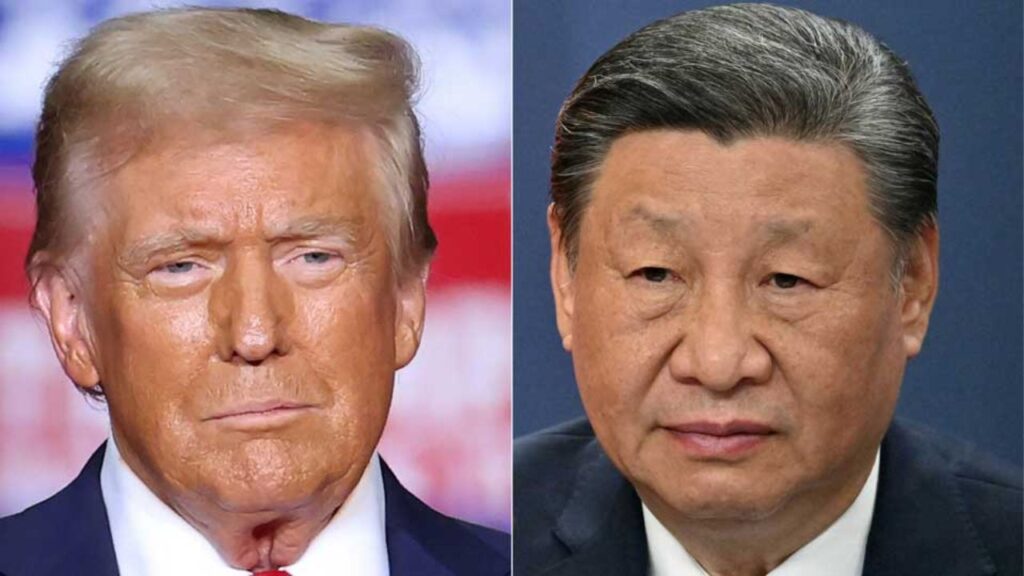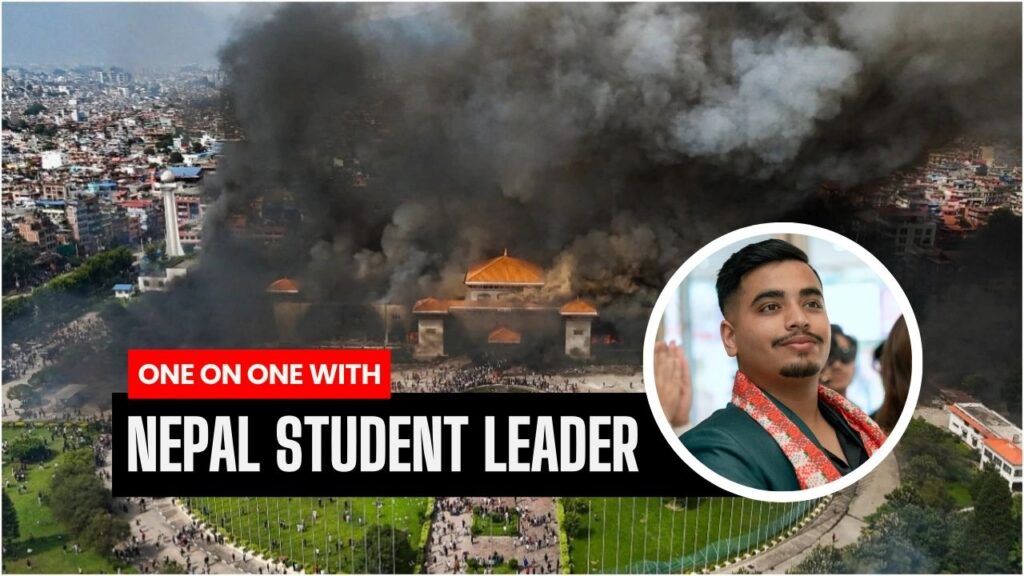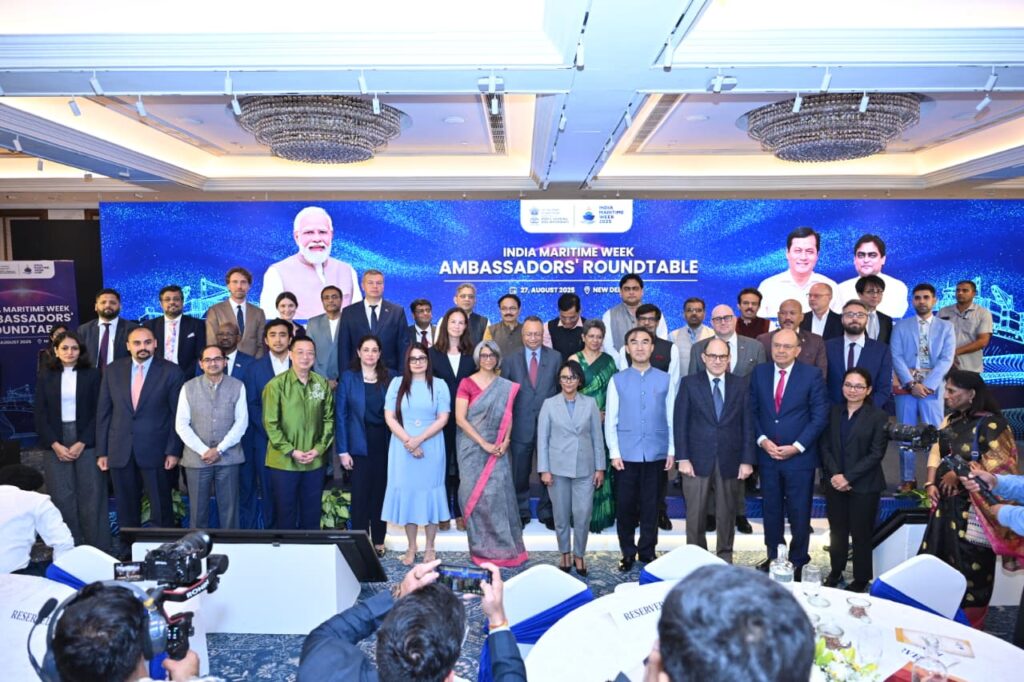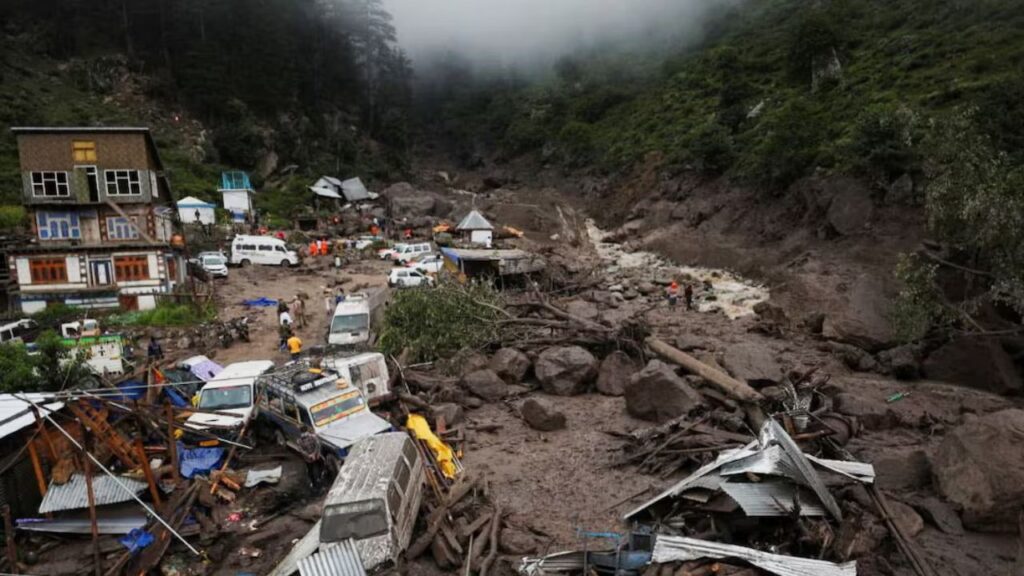With the Bihar Assembly elections looming later this year, the political landscape of the state is mired in unprecedented ambiguity, as neither the ruling National Democratic Alliance (NDA) nor the opposition Mahagathbandhan has definitively named a chief ministerial candidate. The opposition, led by the Rashtriya Janata Dal (RJD), is grappling with internal divisions and indecision over projecting Tejashwi Yadav as its CM face, while the NDA remains non-committal on whether incumbent Chief Minister Nitish Kumar will lead its campaign. This lack of clarity on leadership is intensifying voter confusion and reshaping the electoral battle in a state known for its complex caste and coalition dynamics.
Bihar’s 243-member Assembly elections, expected by November 2025, are poised to be a high-stakes contest following the NDA’s strong performance in the 2024 Lok Sabha polls, where it secured 30 of the state’s 40 seats. However, the absence of a declared CM face on both sides is creating a political vacuum, with analysts warning that this indecision could sway undecided voters and embolden smaller players like Prashant Kishor’s Jan Suraaj party. The state, home to nearly 14 crore people, has long been a crucible of Indian politics, and the current uncertainty is amplifying tensions in an already polarized electorate.
On the opposition side, the Mahagathbandhan—a coalition comprising the RJD, Congress, and Left parties—is struggling to present a united front. Tejashwi Yadav, the RJD’s young and charismatic leader, has been widely seen as the natural choice for the CM post, bolstered by his 17-month stint as deputy chief minister in the 2022-2024 Mahagathbandhan government.
His initiatives, including providing five lakh government jobs, have earned him significant support among youth and marginalized communities. Yet, the alliance has stopped short of officially declaring him the CM face.
On April 15, after meeting Congress president Mallikarjun Kharge and Rahul Gandhi in New Delhi, Tejashwi sidestepped questions about his candidacy, saying, “We will decide unanimously. Why are you so worried about the CM face?” This ambiguity has fueled speculation of discord within the coalition, with Congress leaders like Sachin Pilot suggesting the CM decision would be made post-election, a stance that has irked RJD supporters.
The Congress’s reluctance to fully endorse Tejashwi stems from its own ambitions in Bihar, where it seeks to expand its influence after winning three Lok Sabha seats in 2024. Bihar Congress in-charge Krishna Allavaru recently clarified that no final decision has been taken on Tejashwi’s candidacy, emphasizing ongoing discussions with alliance partners.
This hesitation has drawn sharp criticism from RJD spokesperson Mritunjay Tiwari, who asserted, “Tejashwi was the CM candidate in 2020 and will be in 2025. His work speaks volumes.” The RJD’s frustration is compounded by fears that a divided opposition could fail to capitalize on anti-incumbency against the NDA, especially given Tejashwi’s declining popularity, which dropped from 40.6% to 35.5% in a C-Voter survey between February and April 2025.
Meanwhile, the NDA, comprising the Bharatiya Janata Party (BJP), Janata Dal (United) (JD(U)), Lok Janshakti Party (Ram Vilas), Hindustani Awam Morcha, and Rashtriya Lok Samta Party, is equally ambiguous about its leadership. Nitish Kumar, Bihar’s longest-serving chief minister, has been the NDA’s de facto face, but recent developments suggest uncertainty. In February 2025, BJP sources indicated that Nitish would lead the alliance, but the party’s state unit has hinted that the CM decision would be made post-election by its parliamentary board, causing unease within JD(U).
Bihar BJP chief Dilip Jaiswal’s claim that the CM would be decided after the polls further fueled speculation, prompting JD(U) to insist on a clear endorsement of Nitish.
Nitish’s political journey, marked by multiple alliance switches, adds to the NDA’s dilemma. His latest return to the NDA in January 2024, after briefly aligning with the Mahagathbandhan, has drawn criticism for opportunism, with Tejashwi calling him a “tired CM” and ruling out future alliances.
Moreover, Nitish’s health concerns and perceived “passiveness” among voters, as noted by C-Voter’s Yashwant Deshmukh, have led to a 3% drop in his popularity since February 2025. The BJP, keen to consolidate its growing influence in Bihar, is reportedly considering alternatives like Deputy CM Samrat Chaudhary, who ranks fourth in CM preference polls. Yet, public affirmations from leaders like Chaudhary, who declared on April 15 that “Nitish Kumar will remain CM even if the entire INDI alliance fights,” suggest the NDA may stick with Nitish to maintain coalition stability.
The leadership vacuum has opened the door for new players, notably Prashant Kishor’s Jan Suraaj, which is contesting all 243 seats and capitalizing on voter fatigue with traditional parties. Kishor, a former poll strategist, ranks second in CM preference in the C-Voter survey, though analysts doubt his party’s ability to convert popularity into seats. His campaign, focusing on education, healthcare, and job creation, is resonating with young voters disillusioned by the NDA’s governance and the Mahagathbandhan’s infighting.
Caste dynamics, a cornerstone of Bihar’s politics, further complicate the contest. The RJD’s MY-BAAP strategy—targeting Muslims, Yadavs, Bahujans, women, and the poor—aims to broaden its base beyond its traditional Muslim-Yadav voters, but its success in the 2024 Lok Sabha polls was limited. The NDA, leveraging Nitish’s Extremely Backward Classes (EBC) and non-Yadav OBC support alongside the BJP’s upper-caste base, remains formidable but faces challenges in countering anti-incumbency over issues like unemployment and migration. Congress leader Kanhaiya Kumar’s ‘Naukri Do’ rally has brought these concerns to the fore, pressuring both alliances to address youth aspirations.
Historical data underscores the stakes. In the 2020 Assembly elections, the NDA narrowly secured 125 seats against the Mahagathbandhan’s 110, with the RJD emerging as the single-largest party with 75 seats. The 2024 Lok Sabha results reaffirmed the NDA’s dominance, but the opposition’s nine seats signal potential for a closer fight if it unites.
As the campaign takes off, both alliances are scrambling to finalize strategies. The NDA is conducting constituency surveys to optimize seat-sharing, with the BJP likely contesting around 100 seats and JD(U) 90-95. The Mahagathbandhan, buoyed by Rahul Gandhi’s call for unity, is planning further talks in Patna to resolve leadership disputes.
For now, Bihar’s voters are left navigating a political maze, with no clear leader to rally behind. With the polls approaching, the battle for Bihar’s future hinges on which alliance can resolve its leadership crisis first.



